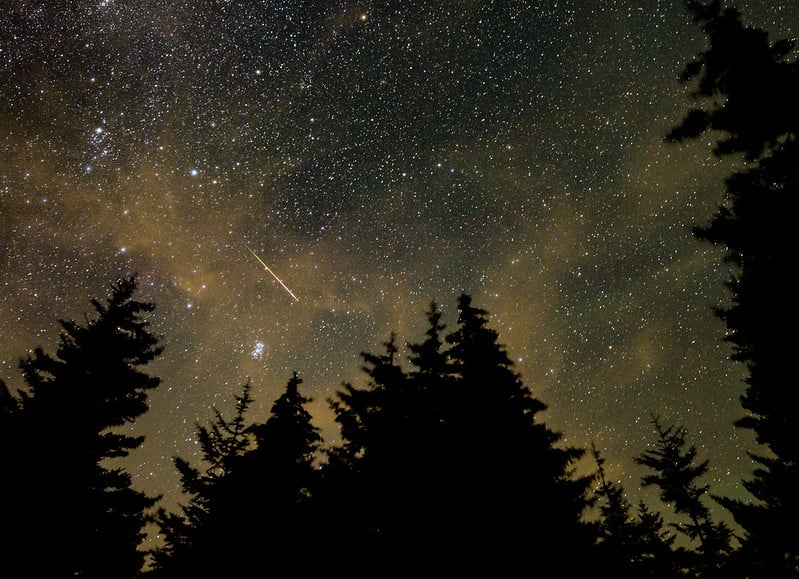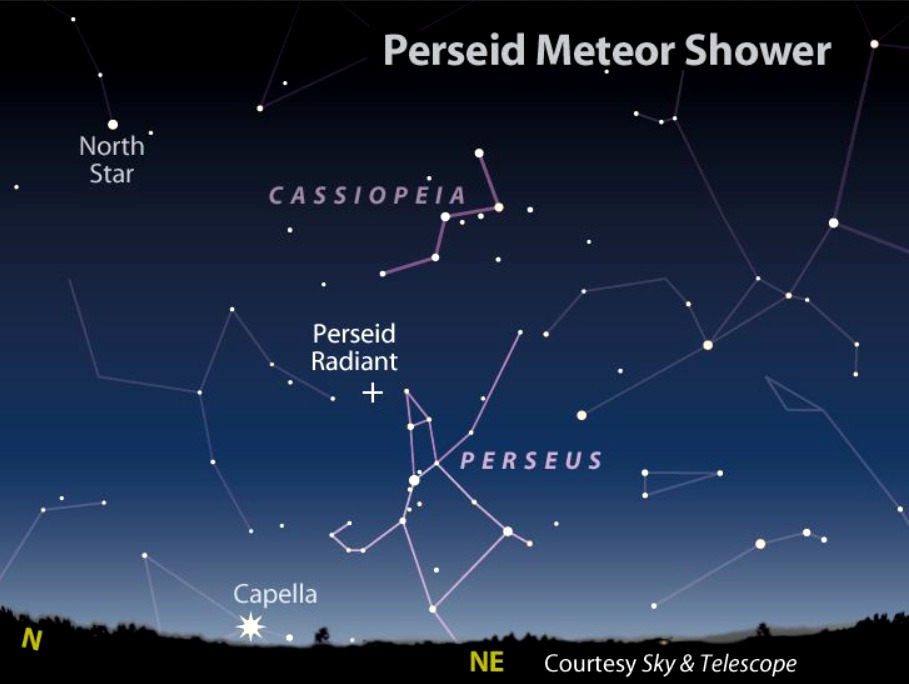
There are over 30 meteor showers annually. However, few are as spectacular as the Perseids. The "shooting stars" have been blazing through the sky at a rate of about a dozen an hour since mid-July. But the best time to watch the natural fireworks show will be between August 11 and August 12, 2022. That's when the pace of the meteors will escalate to between 50 and one hundred an hour.
Unfortunately, this year's peak will coincide with a dazzling supermoon. Experts, therefore, recommend seeking out the meteors a little earlier — from August 3 to August 9, 2022. The celestial show is best viewed from a dark, open space, away from city lights. Stargazers are also advised to seek out an area where the sky's entire dome is visible and to be patient. It takes between 10 and 15 minutes for the eyes to adjust to the dark skies and then about as long to observe a flashing meteor.

Though often referred to as "shooting" or "falling" stars, meteors are remains of cosmic dust and dirt shed by comets traveling through the area. When the debris collides with the Earth's atmosphere at high speeds, it burns, resulting in a flash that resembles shiny stars streaking through the skies.
The Perseids are named after the constellation Perseus, from which they appear to spurt. They are, however, the dust and rocks from the Swift-Tuttle comet as it passes by Earth during its 133-year-long orbit. The comet will not come by again until 2126. However, the fragments shed during its 1992 visit are enough to provide an impressive show every year when the Earth passes close to the center of the debris stream. The meteor shower is visible worldwide. But, due to the Swift-Tuttle's orbital pattern, the best views are reserved for Northern Hemisphere residents.

The Perseid meteor showers are famous for their fireballs — meteors as bright as Jupiter and Venus. NASA scientists, who have nicknamed the Perseids "fireball champions," believe the shiny meteors are the result of the large meteoroids shed by Swift-Tuttle's massive, 16-mile (26 km) wide nucleus.
Resources: Space.com, Earthsky.com. NASA.com, Wikipedia.org
